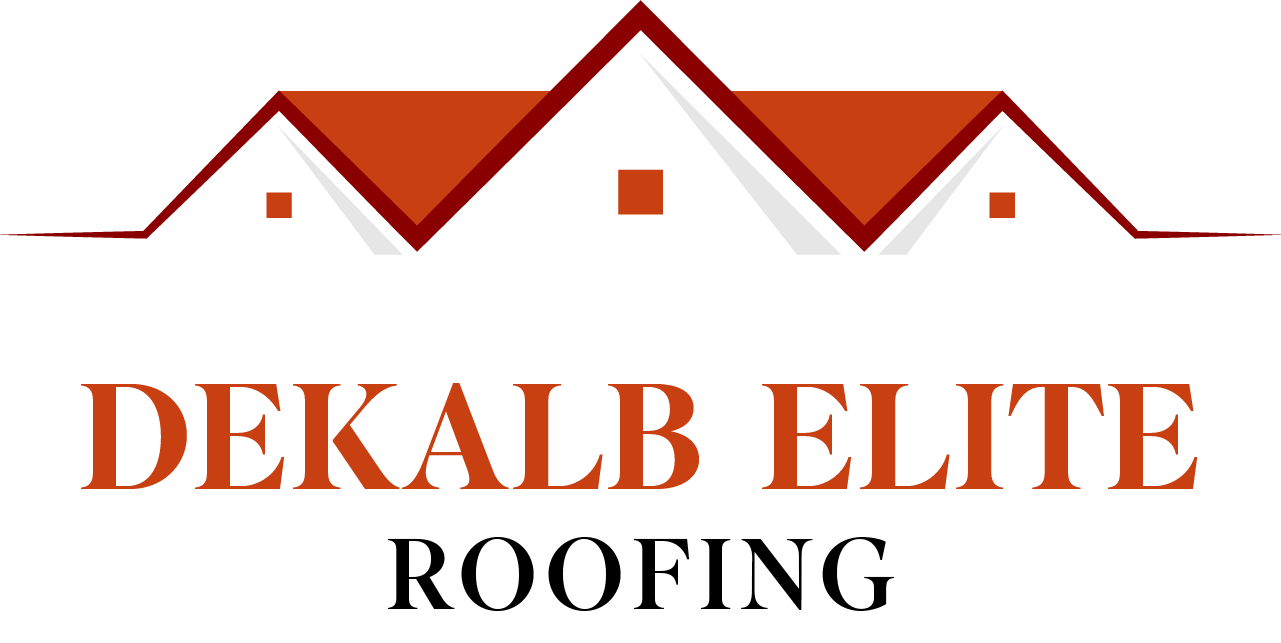Ridge and Power Vents
Ridge vents run along the peak of the roof. They let hot air escape naturally from the attic. Ridge vents work best when paired with soffit vents that bring in fresh air from below. This creates a steady flow of air that reduces heat buildup.
Power vents use electric fans to pull air out of the attic. They are effective in homes where natural airflow is limited. Power vents turn on automatically when the attic temperature rises. We recommend them for areas with extreme heat or poor natural ventilation.
Soffit Vents
Soffit vents are located under the eaves of the roof. They allow cool air to enter the attic space from outside. This fresh air pushes hot air up and out through ridge or roof vents.
Proper installation of soffit vents is essential. The vents must be clear of insulation and debris to work well. They help prevent moisture buildup and reduce cooling costs by lowering attic temperatures.
Gable Vents
Gable vents are placed on the exterior walls near the peak of the roof’s end. They allow air to flow in or out depending on wind direction and house design. Gable vents improve attic ventilation in homes without continuous ridge or soffit vents.
These vents come in different shapes and sizes, depending on the style of the home. Installation must ensure proper sealing to stop water and pests from entering through the vent openings. Gable vents are a good option for simple ventilation needs.
Importance of Proper Roof Ventilation
Proper roof ventilation helps keep your home comfortable and protects your roof from damage. It controls heat and moisture, which are the main causes of many roofing problems.
Enhancing Energy Efficiency
Good roof ventilation lowers the temperature inside your attic. This reduces the workload on your air conditioner during hot months. When hot air escapes, your cooling system uses less energy.
Proper ventilation also helps in winter by removing excess moisture. Moist air can make your heating system work harder, which raises energy bills. We install vents that balance airflow to keep your home at a stable temperature. By improving air circulation, ventilation systems help maintain a more even temperature. This saves energy and lowers your monthly utility costs.
Preventing Moisture Damage
Moisture buildup in the attic can cause serious issues. When warm air rises and meets the cool roof surface, it creates condensation. This can lead to wood rot and mold growth. We use ventilation to remove moist air and dry out the attic space. This protects wooden beams, insulation, and drywall from damage over time.
Without proper ventilation, you might notice stains, peeling paint, or a musty smell in your home. Our system prevents these problems by keeping the attic dry and healthy.
Extending Roof Lifespan
Heat and moisture shorten the life of roofing materials. High attic temperatures can warp shingles and cause them to crack or blister. Proper ventilation lowers attic heat, reducing stress on your roof. This helps shingles and underlayment last longer.
Moisture can also cause the roof deck to weaken. By venting air properly, we prevent moisture buildup and maintain the roof’s strength. Our installation helps you protect your investment by keeping the roof in good condition longer. This means fewer repairs and replacement costs.
Frequently Asked Questions About Roof Ventilation Installation
What are the benefits of professional roof ventilation installation?
We ensure the airflow in your attic is balanced to reduce heat and moisture buildup. This helps prevent roof damage and prolongs the life of your shingles.
Proper installation also improves indoor air quality and comfort by keeping temperatures steady.
How does proper attic ventilation protect my roofing system?
Good attic ventilation stops excess heat and moisture from damaging roofing materials. It prevents warping, mold growth, and ice dams in cold weather.
By controlling the attic environment, we help maintain the roof's structural integrity over time.
What types of roof vents do you install?
We install ridge vents, soffit vents, gable vents, and turbine vents based on your roof’s design. Each vent type works to create steady airflow and reduce hot spots.
We choose the best vent option to fit your home's style and ventilation needs.
Are there energy efficiency benefits to installing new roof vents?
Yes. Proper ventilation lowers attic temperatures, reducing the load on your air conditioner. This can lead to lower energy bills. Efficient airflow also helps your HVAC system run better and last longer.
How often should residential roof ventilation systems be inspected?
We recommend checking your ventilation system at least once a year. Inspections help spot blockages, damage, or wear before they become major problems.
Regular maintenance keeps your roof ventilation working properly.
